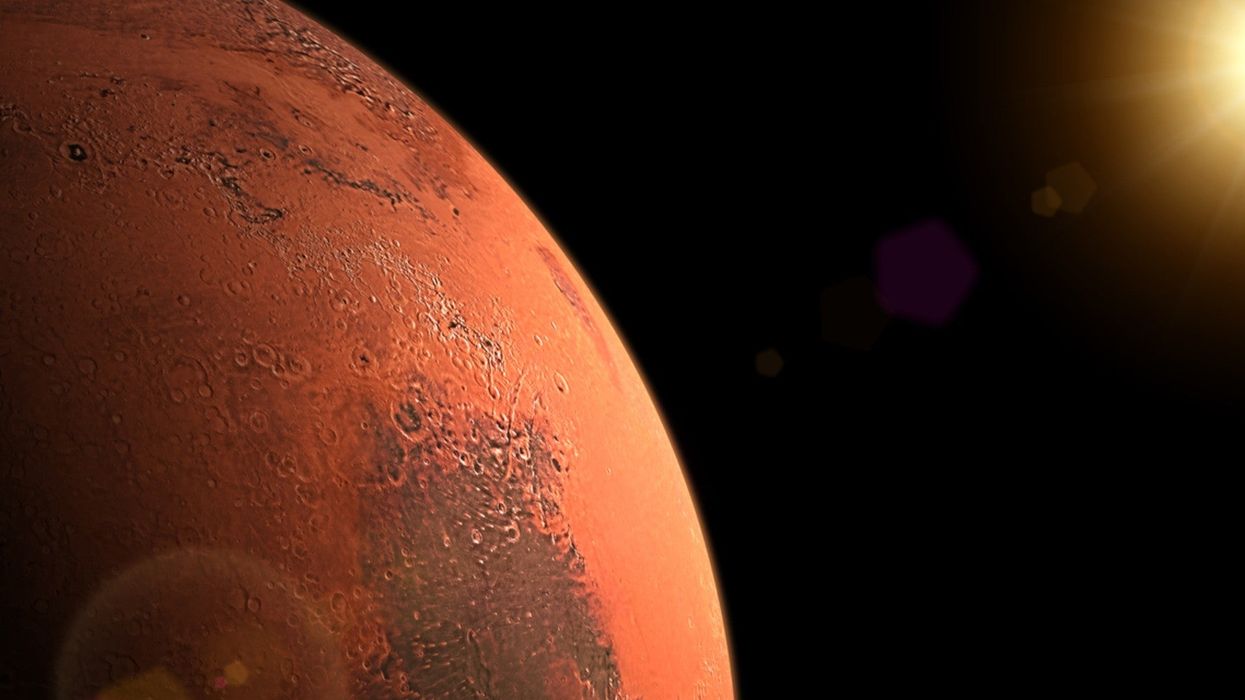
A piece of Martian meteorite – which eventually collided with Earth – will hopefully be returning back to its home planet as part of a NASA mission later this week.
It’s been gone for a long time – over 600,000 years – and has been identified as a piece of rock from the surface of Mars since 1999 when it was discovered in Oman. The rock is thought to have originated from space debris after a comet plunged into Mars – that debris then found its way to Earth.
A small part (roughly the size of a 10p coin) of that meteorite will be used to calibrate sensors on the rover Perseverance, which is starting on its journey to the planet later this week.
The rock was donated by the National History Museum, where the meteor it originates from has been since 1999. It will be used to calibrate sensors onboard Perseverance –basically, in order to make sure that the rover can identify elements of the landscape on Mars correctly.
Speaking to the Guardian, Professor Caroline Smith, who curates meteorites for the Natural History Museum, explains:
When you turn on instruments and begin to tune them up before using them for research, you calibrate them on materials that are going to be like the unknown substances you are about to study. So what better for studying rocks on Mars than a lump that originated there?
The mission to Mars is on the lookout for any signs of life that originated on the planet. The rover is investigating a crater called Jezero, which scientists believe might have once held a lake and is believed to be one of the best places to look for evidence of past signs of life on the red planet. It is supposed to land on the Mars in mid-February, 2021.
Samples of rock found on the surface of Mars will then be packaged and left there to be retrieved by future teams – researchers believe that they will gain a more detailed picture of ‘life on Mars’ if they are able to use all of the tools available on Earth, rather than what’s just on the planet. Smith also added that this specific piece of rock was chosen because it’s hardy and will be able to withstand usage.
Some of the Martian meteorites we have are very fragile. This meteorite is as tough as old boots.













